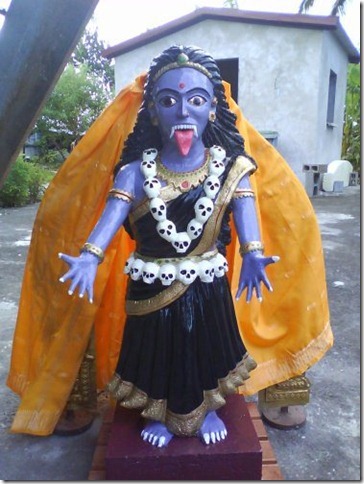One of the most common questions people ask me is, “How do I find my Kula Deivam?”
Kula Deivam is the patron deity of your lineage. Think of it as the family guardian who has been protecting your ancestors for generations. Some families may have one Kula Deivam, while others may honor more than one.
Tracing Through Ancestral Roots
The easiest way to know your Kula Deivam is by looking into your father’s side of the family. Usually, the shrine of the Kula Deivam will be in your ancestral village. If your family moved through several villages, the main shrine is often in the original place where your lineage began. Knowing your clan background can also give helpful clues.
The Role of Women in Kula Deivam Worship
For women, there is an added blessing. They inherit their mother’s Kula Deivam as well, so the mother’s lineage continues to be part of their spiritual life. Once married, a woman also takes on the Kula Deivam of her husband’s family.
In many traditions, Kula Deivams are believed to connect more easily with the women of the family, since women are seen as the carriers of family continuity. This is why messages from the deity often come through mothers, wives, sisters, or daughters.
How Communication Happens
Kula Deivams usually communicate through subtle ways such as dreams, omens, or even during states of trance. They are not distant or abstract, but rather close family guardians who show their presence when the family needs guidance.
Of course, there are exceptions. Some families may have well-known deities such as Tirupati Balaji, Puri Jagannath, or Tiruchendur Murugan as their Kula Deivam.
What If You Don’t Know Your Roots?
Now, what if you have no idea about your ancestral village or clan background? There is still a way to reach out.
One folk method often spoken about goes like this.
Take a bit of turmeric and kumkum, and sometimes even a coin. Place them in a piece of yellow cloth, tie it into a knot, and keep it at the entrance of your house. If possible, set up a small prayer space there with an oil lamp, and offer simple prayers with camphor or sambrani. Keep the entrance clean and treat it with respect, as though you are welcoming your family guardian into your home.
While doing this, it is important to make your intention very clear. Pray sincerely that you are inviting only your Kula Deivam (and the Kaval Deivam) of your family, the guardians who belong to your lineage. This intention matters, because it signals that you are not calling upon unknown spirits but reaching out specifically to your ancestral protectors.
It is believed that once you make this effort, your Kula Deivam will notice. Over time, they may reveal themselves to you through dreams, guidance, or through someone close who enters trance.
The Key Idea
Even if you do not know the exact name of your Kula Deivam, your devotion is what matters. By continuing the worship your ancestors once practiced, you open the way for your guardian to connect with you. When the time is right, you will come to know.
A Gentle Reminder
Although some believers say that this folk method worked for them, the most reliable way is still to trace your ancestral village. Knowing where you come from is important, and it is through those roots that you will truly understand who your Kula Deivam is.
Relevant articles:












